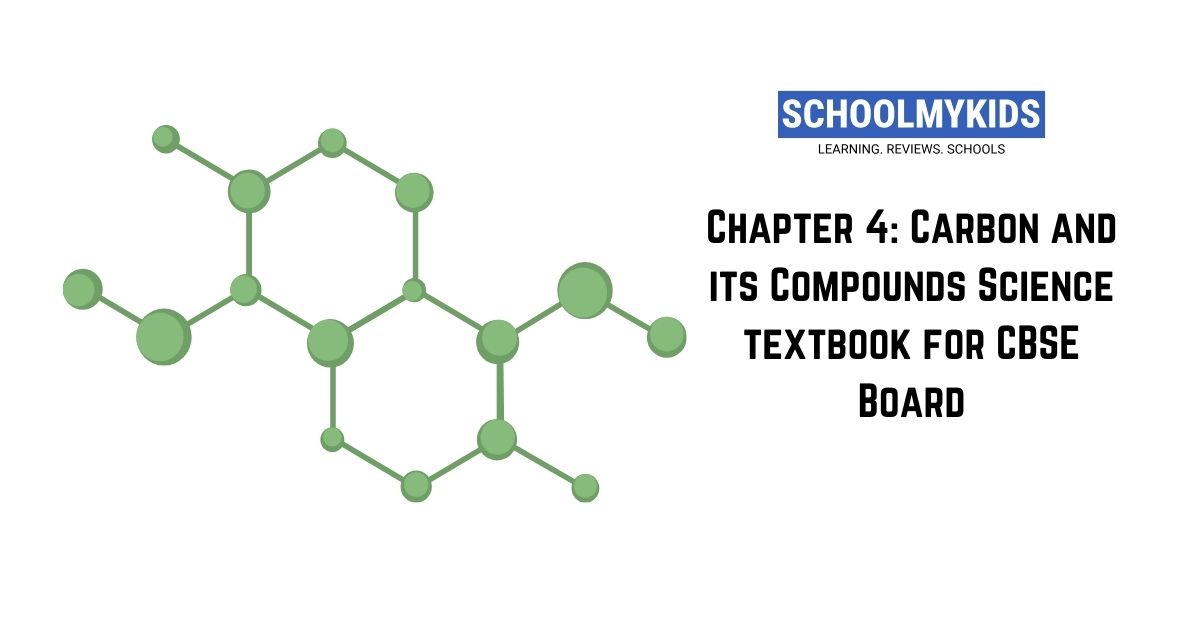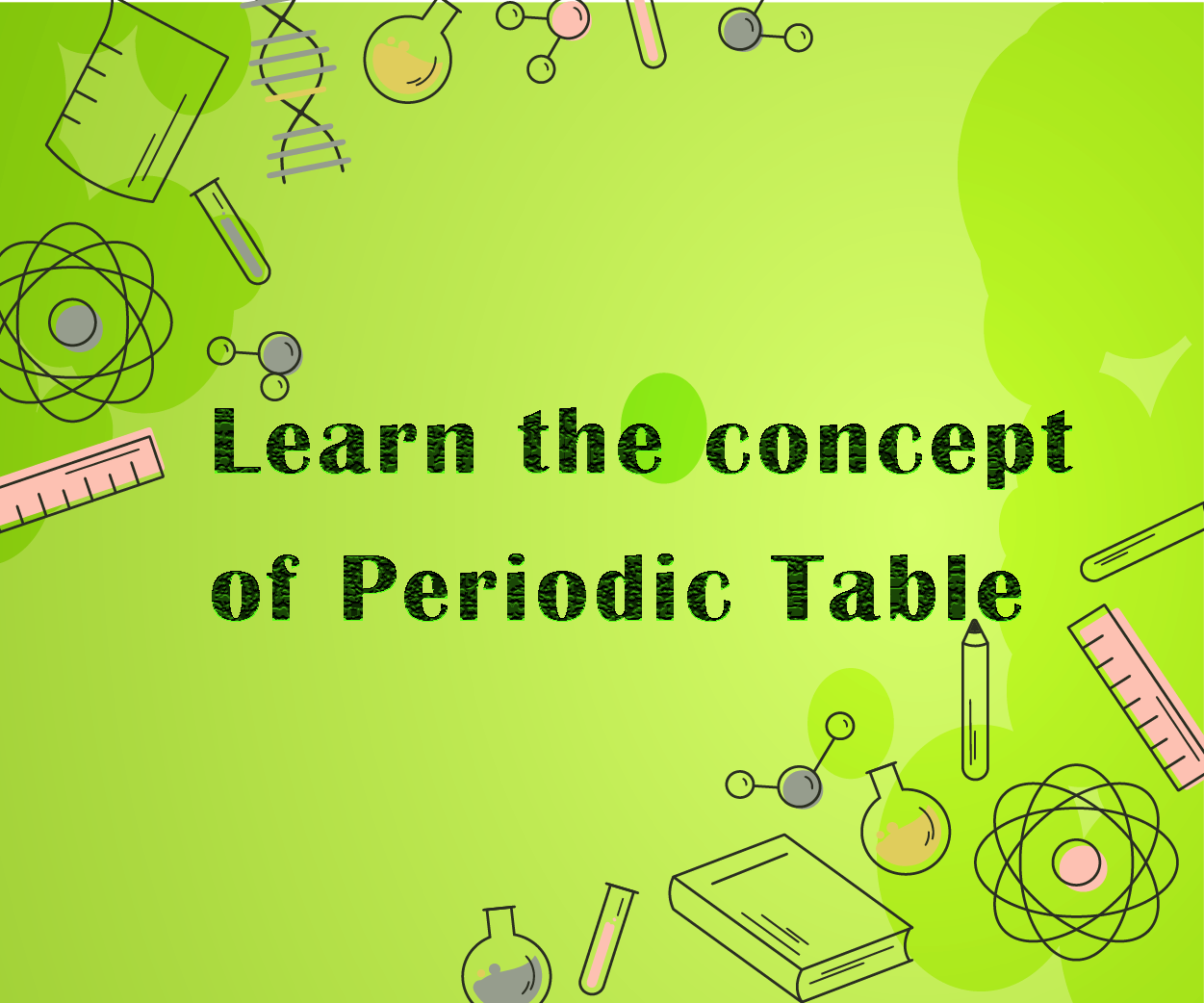I. Unique Properties of Carbon
A. Atomic Structure and Valency of Carbon
- Carbon has 6 protons, 6 neutrons, and 6 electrons.
- It has a valency of four (tetravalent), meaning it can form four bonds with other atoms.
B. Catenation: The Chaining Phenomenon
- Catenation is the unique ability of carbon atoms to bond with each other to form long chains, branches, or even rings.
- This property allows for the creation of a vast diversity of carbon-based molecules.
C. Hybridization: Reshaping for Bonding
- Hybridization is a concept that explains how carbon atoms can change the arrangement of their outer shell electrons to form different types of bonds.
- Common hybridizations include sp3 (forming four single bonds with tetrahedral geometry), sp2 (forming three single bonds and one double bond with trigonal planar geometry), and sp (forming two single bonds and one triple bond with linear geometry).
- Hybridization influences the shape of the molecule and the strength and type of bonds formed.
II. Formation of Carbon Compounds
A. Covalent Bonding: Sharing the Electrons
- Covalent bonding involves the sharing of electrons between two atoms.
- Carbon forms covalent bonds with other carbon atoms and with atoms of other elements like hydrogen, oxygen, and nitrogen.
- Single, double, and triple covalent bonds can exist between carbon atoms, affecting the overall structure and properties of the molecule.
B. Functional Groups: The Identity Tags
- Functional groups are specific arrangements of atoms within a molecule that give it characteristic properties and reactivity.
- Examples include hydroxyl (-OH), carboxyl (-COOH), amino (-NH2), and carbonyl (C=O).
- Functional groups act like identity tags, determining how a molecule interacts with other molecules and influencing its behavior.
III. Classification of Carbon Compounds
A. Hydrocarbons: The Simplest Carbon Chains
- Hydrocarbons are organic compounds containing only carbon and hydrogen atoms.
1. Saturated Hydrocarbons (Alkanes)
- Alkanes have single bonds between all their carbon atoms.
- They are relatively unreactive due to the absence of double or triple bonds.
- Alkanes form a homologous series, where each member differs by a CH2 unit and shows a gradual increase in boiling and melting points with increasing chain length.
2. Unsaturated Hydrocarbons (Alkenes and Alkynes)
- Alkenes contain at least one double bond between carbon atoms.
- Alkynes contain at least one triple bond between carbon atoms.
- Due to the presence of these multiple bonds, alkenes and alkynes are more reactive than alkanes and can undergo addition reactions.
B. Other Important Carbon Compounds
- A brief introduction to other functional groups and their containing molecules is necessary. This can include:
- Alcohols (contain hydroxyl group -OH) – with examples like ethanol (used in alcoholic beverages) and methanol (fuel).
- Aldehydes and Ketones (contain carbonyl group C=O) – with examples like formaldehyde (used in some building materials) and acetone (nail polish remover).
- Carboxylic Acids (contain carboxyl group -COOH) – with examples like acetic acid (vinegar) and citric acid (found in fruits).
- Soaps and detergents can be introduced here, explaining their cleansing action through the mechanism of micelle formation.
IV. Chemical Properties of Carbon Compounds
A. Combustion: Releasing Energy from Carbon Bonds
- Combustion is a chemical reaction between a fuel (often a hydrocarbon) and oxygen, releasing heat and light.
- Complete combustion produces carbon dioxide and water vapor, while incomplete combustion can also form carbon monoxide, a harmful gas.
- The understanding of combustion is crucial for explaining the use of carbon compounds as fuels.
V. Applications of Carbon Compounds
- Carbon compounds have a vast range of applications in our daily lives. Here’s a brief overview:
- Fuels and Petrochemicals (plastics, fibers)
- Pharmaceuticals and Drugs
- Food and Beverages (carbohydrates, fats, proteins)
- Polymers and Materials Science (synthetic fibers, coatings)
VI. Environmental Concerns (Optional)
- A brief discussion on the environmental impact of carbon compounds can be included, focusing on:
- The greenhouse effect and the role of carbon dioxide.
- The importance of sustainable practices in managing carbon usage.
VII. Conclusion
- The chapter should conclude by emphasizing the significance of carbon and its compounds in the living world.
- Carbon is the building block of life, forming the backbone of all organic molecules essential for biological processes
Chapter 4 Carbon and its Compounds (Questions )
1. Structure and Bonding (Short Answer):
Draw the Lewis structure (electron dot structure) for ethanoic acid (CH3COOH) and explain the type of bonding between carbon and other atoms in the molecule.
2. Covalent Bonding (Higher Order Thinking Skills):
Carbon can form four covalent bonds. Why is this property crucial for the vast diversity of carbon-based compounds? Explain with an example.
3. Homologous Series (Matching):
Match the following functional groups with their corresponding homologous series:
* a) Alcohol – i) Alkanes
* b) Alkene – ii) Alkenes
* c) Alkyne – iii) Alcohols
* d) Alkane – iv) Alkynes
4. Saturated and Unsaturated Hydrocarbons (Short Answer):
Differentiate between saturated and unsaturated hydrocarbons. Give one example of each type.
5. Chemical Properties of Carbon Compounds (Multiple Choice):
Which of the following statements about the combustion of hydrocarbons is NOT true?
* a) They release carbon dioxide and water vapor.
* b) They are exothermic reactions, releasing heat.
* c) They require a very high activation energy.
* d) They always produce complete combustion products (CO2 and H2O).
6. Alkanes and their Uses (Application Based):
Liquefied Petroleum Gas (LPG) is a common fuel used for cooking. What are the main components of LPG, and why are they preferred over other fuels for domestic applications?
7. Alkenes and their Applications (Short Answer):
Ethene (C2H4) is an important alkene used in the ripening of fruits. Explain the mechanism by which ethene helps fruits ripen.
8. Naming Organic Compounds (Long Answer):
Write the IUPAC name for the following compound: CH3CH2CH(CH3)CH2CH2OH.
9. Importance of Fossil Fuels (Higher Order Thinking Skills):
Fossil fuels like coal and petroleum are crucial energy sources but also contribute to environmental concerns. Discuss the advantages and disadvantages of using fossil fuels.
10. Environmental Implications of Carbon Compounds (Application Based):
Biodegradable and non-biodegradable plastics are two major types of plastic materials. Explain the environmental impact of each type of plastic, and why biodegradable plastics are a more sustainable option.









Be the first one to comment on this story.